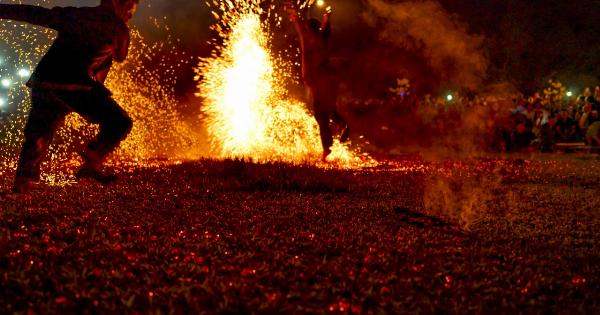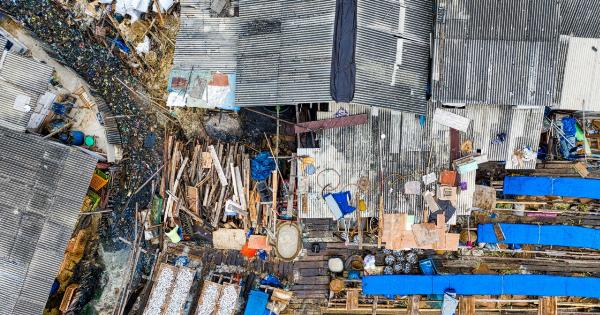Rhinoplasty, commonly known as a nose job, is a type of cosmetic surgery that changes the shape, size, or appearance of the nose. Many people undergo rhinoplasty to enhance their facial features or to fix congenital disabilities or injuries.
However, the procedure is not without risks, and it is essential to understand the truth about rhinoplasty before deciding to undergo one.
What Does Rhinoplasty Involve?
Rhinoplasty is a surgical procedure that involves making incisions in the nose to access the underlying nasal bones and cartilage. The surgeon then reshapes the nose to achieve the desired results, which may include:.
- Reducing or increasing the size of the nose
- Refining the shape of the nose tip
- Straightening a crooked nose
- Correcting a nasal hump or bump
- Improving the angle between the nose and the upper lip
- Fixing breathing difficulties caused by structural abnormalities
Types of Rhinoplasty
There are two main types of rhinoplasty, surgical and non-surgical.
Surgical Rhinoplasty
Surgical rhinoplasty is a more invasive procedure that involves making incisions in the nose to access the underlying structures. The surgeon can then reshape the nose by removing or rearranging the cartilage, bone, and skin.
Most surgical rhinoplasties are performed under general anesthesia and may take up to two hours to complete.
Non-Surgical Rhinoplasty
Non-surgical rhinoplasty, also known as liquid rhinoplasty, is a less invasive procedure that involves injecting fillers such as hyaluronic acid, calcium hydroxyapatite, or polylactic acid into the nose to reshape it.
The procedure is usually done under local anesthesia and may take 15-30 minutes to complete.
Risks Associated with Rhinoplasty
Rhinoplasty is generally safe, but like any surgery, it comes with some risks. Some potential risks and complications associated with the procedure include:.
- Bleeding
- Infection
- Adverse reaction to anesthesia
- Scarring
- Difficulty breathing
- Unsatisfactory results
- Nasal asymmetry
Recovery Time for Rhinoplasty
The recovery time for rhinoplasty varies depending on the type of procedure and the individual’s healing process. After surgical rhinoplasty, patients typically need to take a week off work or school to rest and recover.
The nose may be swollen and bruised for several weeks, and patients may need to avoid strenuous activities for up to six weeks to prevent complications.
The recovery time for a non-surgical rhinoplasty is much shorter, with most patients able to return to their daily activities immediately after the procedure.
However, patients may experience mild swelling, bruising, or redness at the injection site for up to two weeks.
Who is a Good Candidate for Rhinoplasty?
Individuals who are considering rhinoplasty should be in good overall health and have realistic expectations about the procedure’s outcomes.
They should have fully developed facial features, which typically occurs by age 15 for females and age 17 for males. Adults of any age may undergo the procedure, as long as they are healthy and do not have any medical conditions that may complicate the surgery.
Choosing a Rhinoplasty Surgeon
Choosing the right rhinoplasty surgeon is crucial to the success of the procedure. Candidates should look for a board-certified plastic surgeon who has extensive experience performing rhinoplasty and who they are comfortable communicating with.
The surgeon should be able to provide before-and-after photos of previous patients and answer any questions or concerns the candidate may have about the procedure.
The Cost of Rhinoplasty
The cost of rhinoplasty varies depending on the type of procedure, the surgeon’s experience and qualifications, the geographic location, and other factors.
According to the American Society of Plastic Surgeons, the average cost of rhinoplasty in the United States was $5,409 in 2020. However, the total cost may be higher when factoring in fees for anesthesia, facility fees, and post-operative care.
Conclusion
Rhinoplasty is a safe and effective cosmetic procedure that can help enhance the appearance of the nose and improve breathing difficulties.
However, it is essential to understand the risks and potential complications associated with the procedure before deciding to undergo it. Candidates should ensure they choose a qualified and experienced rhinoplasty surgeon and have realistic expectations about the procedure’s outcomes.




























